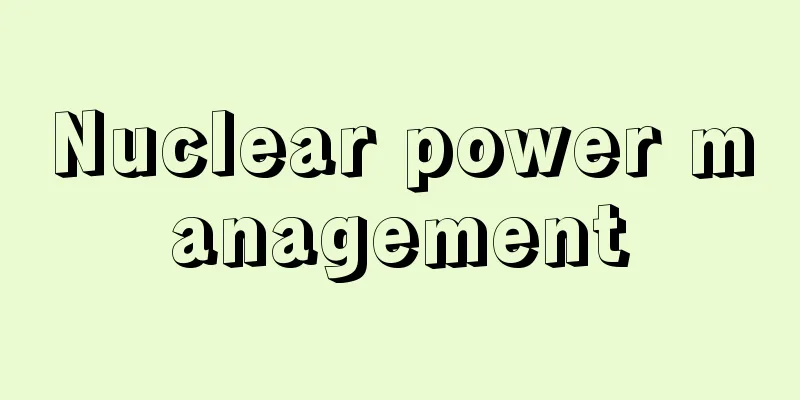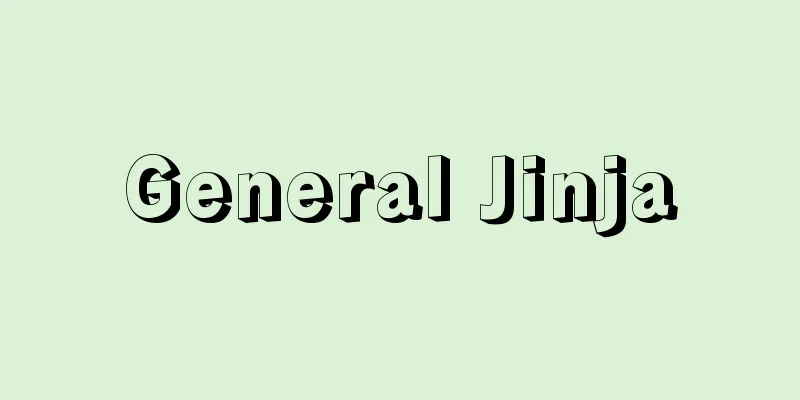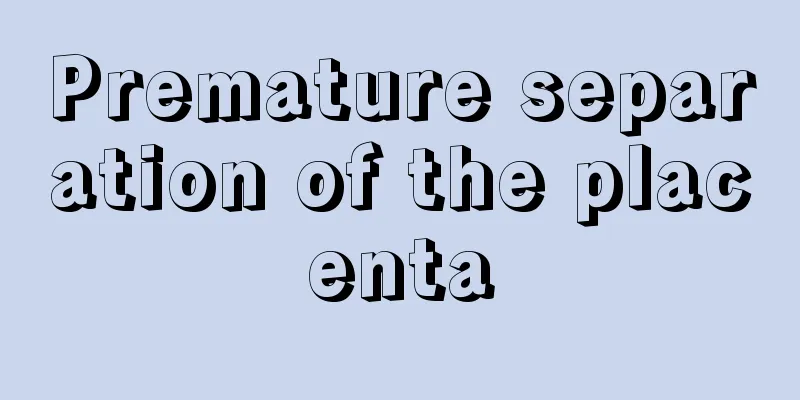Nuclear power management

|
The regulation of the use and handling of atomic energy in order to prevent the danger of it being used for weapons of mass destruction and to promote its peaceful use. Domestically, it mainly involves the management of fissile materials and information, and is regulated by the Atomic Energy Act (1946) in the United States and the Atomic Energy Basic Act (1955) in Japan. International control had been debated in the United States even before the atomic bomb was completed, and in 1946 the Atomic Energy Commission was established in the United Nations, but there was a conflict between the Baruch Plan of the United States and the Soviet Union on the method of control. In 1952, the Atomic Energy Commission and the Committee on Conventional Arms were merged to form the United Nations Disarmament Commission, and disarmament proposals were presented from both the East and the West, but again no agreement was reached. In 1953, Eisenhower proposed the establishment of an international cooperation organization for peaceful uses, and in 1955 the Soviet Union joined, and it was launched as the International Atomic Energy Agency (IAEA) in 1957, and the Partial Nuclear Test Ban Treaty was signed in 1963 and the Treaty on the Non-Proliferation of Nuclear Weapons (NPT) in 1968. After India's nuclear test in 1974, international opinion called for strengthening regulations to prevent the diversion of nuclear materials imported for peaceful purposes to nuclear weapons. The IAEA is engaged in the tasks of realizing these as international agreements and treaties, as well as the tasks of international safeguards, including inspections. In 1996, the Comprehensive Nuclear-Test-Ban Treaty (CTBT) was adopted by the United Nations General Assembly, but due to opposition from India, a potential nuclear power, it was considered difficult for it to come into force. In May 1998, India resumed underground nuclear testing for the first time in 24 years, and Pakistan also conducted its first nuclear test. International opinion also reacted negatively, with the IAEA Board of Governors adopting a resolution of condemnation against both countries and the United States imposing economic sanctions. In September of the same year, Pakistan announced its intention to sign the CTBT within a year at the United Nations General Assembly, and India also showed a positive attitude toward signing, marking a new phase in the nuclear control regime, but the U.S. Senate rejected ratification of the CTBT in October 1999. In 2004, the existence of an international "nuclear black market" was revealed in Pakistan (not a member of the NPT), and suspicions of nuclear development in Iran and North Korea grew, highlighting the difficulties of nuclear control. In terms of peaceful uses, the accident at Tokyo Electric Power Company's Fukushima Daiichi Nuclear Power Plant in March 2011 was the worst accident in history, on the same level as the Chernobyl nuclear accident (level 7 on the INES scale), and there is an urgent need for international safety standards and crisis management, and the issue of creating a new framework for international nuclear control has suddenly emerged. Related ArticlesOECD Nuclear Energy Agency | Nuclear Power Source : Heibonsha Encyclopedia About MyPedia Information |
|
原子力が大量破壊兵器に使用される危険を防ぎ,平和利用を進展させるために,その使用・取扱いを規制すること。国内的には,核分裂性物質や情報の管理を主とし,米国では原子力法(1946年),日本では原子力基本法(1955年)で規制する。国際管理は原子爆弾完成以前から米国内で論議があり,1946年国連に原子力委員会が設けられたが,管理方法につき米国のバルーク案とソ連案が対立,1952年原子力委員会と通常軍備委員会が合一し国連軍縮委員会が設置され,東西双方から軍縮案が提示されたが,やはりまとまらなかった。1953年アイゼンハワーは平和利用に関する国際協力機関の設置を提唱,1955年ソ連も参加し,1957年国際原子力機関(IAEA)として発足,1963年部分的核実験停止条約,1968年核拡散防止条約(NPT)を締結した。1974年のインドの核実験以後,平和利用目的の輸入核物質の核兵器への転用防止についての規制強化が国際世論となった。IAEAはこれらを国際協定や条約として実現するための諸業務および査察を含む国際保障措置のための業務を行っている。1996年包括的核実験禁止条約(CTBT)が国連総会で採択されたが,潜在的核保有国であるインドが反対していたため,発効は困難視されていた。1998年5月インドが24年ぶりに地下核実験を再開,パキスタンも初の核実験を実施。両国に対してIAEA理事会が非難決議を採択,米国は経済制裁を発動するなど国際世論も反発した。同年9月国連総会でパキスタンが1年以内にCTBTに署名の方針を表明,インドも署名に前向きの姿勢を示すなど,核管理体制は新たな局面を迎えたが,アメリカ上院議会は1999年10月CTBTの批准を否決した。2004年にはパキスタン(NPT未加盟)で国際的な〈核の闇市場〉の存在が明らかにされ,イランや北朝鮮の核開発疑惑が深まるなど,原子力管理の困難さが浮彫りになった。平和利用の面でも,2011年3月の東京電力福島第一原発の事故が,チェルノブイリ原発事故と同等レベル(INESでレベル7)の史上最悪レベルの大事故となり,国際的な安全基準と危機管理の必要性が緊急に求められ,国際的な原子力管理の新たな枠組み作りという課題が急浮上している。 →関連項目OECD原子力機関|原子力発電 出典 株式会社平凡社百科事典マイペディアについて 情報 |
Recommend
Neriginuza - Neriginuza
Also called Kinuza, this troupe was based in Gion ...
Karskie Borota - Karskie Borota
…It stretches from north-northeast to south-south...
Codium divaricatum
… [Reiko Nagata]. … *Some of the terminology that...
Lime water
…However, the dissolved part is strongly alkaline...
Wilfred, T. - Wilfred
...Light art was also pursued in stage sets and e...
slider
...Around April to July, they lay about 8 to 20 e...
Peace Treaty of Altmark - The Treaty of Altmark
…In the north, Sweden was at its height of prospe...
Ispata - Ispata
...When kneaded into the dough and baked, carbon ...
Bearded animals - Bearded animals
In animal taxonomy, this group of animals constit...
pricewage spiral
…If such a high inflation rate continues for a lo...
Person of Cultural Merit
Those who have made outstanding contributions to t...
Subcontractor - Shitauke
A system in which small and medium-sized enterpri...
Demon - Kibutsu
〘 noun 〙 Something terrifying and mysterious. A mo...
Ingenhousz, Jan
Born: December 8, 1730 in Breda Died: September 7,...
Runge, Friedlieb Ferdinand
Born: February 8, 1795 in Vilwerder, near Hamburg ...









![Isawa [town] - Isawa](/upload/images/67cae7a0093e8.webp)